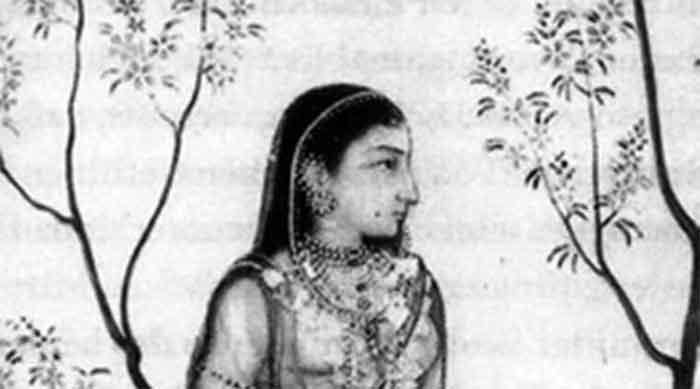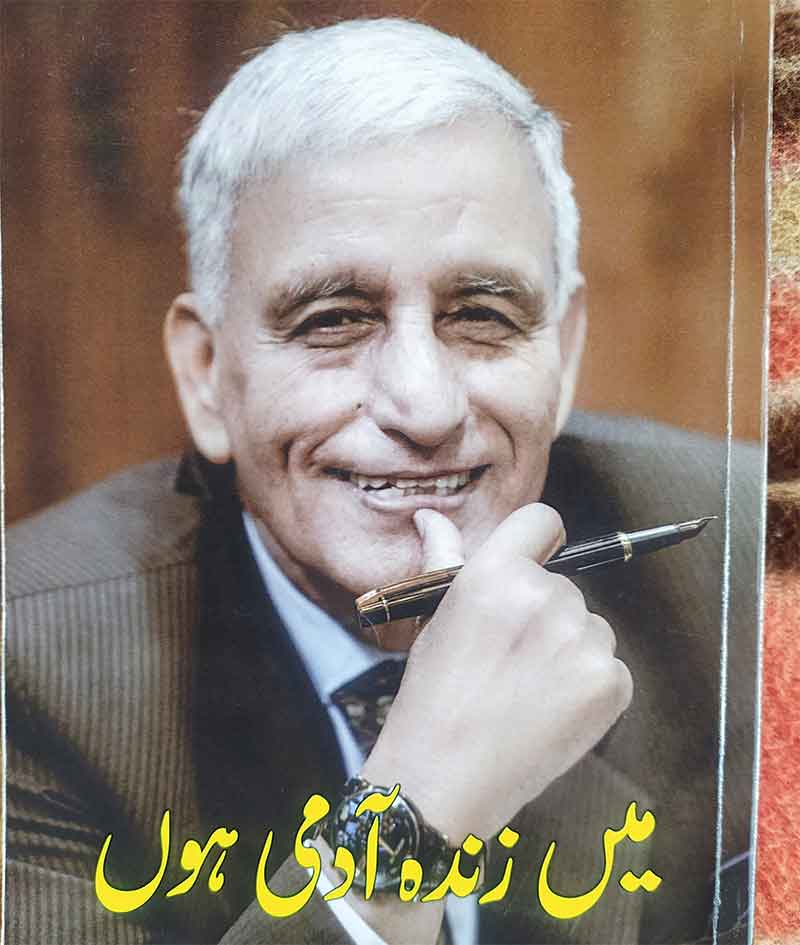Jahanara–The First Lady of a Great Empire Who Devoted Herself to Reducing Suffering and Distress

In times when royalty was characterized by the craze for luxury and constant intrigues for power, Princess Jahanara (1614-81) is almost a unique character in the Mughal Dynasty who devoted most of her time, efforts and wealth to reducing the distress and suffering of others. She was the daughter of Shah Jahan and while extremely devoted to him, she also carved out an independent identity for herself in the context of her many sided achievements— an author and scholar, a leading member of a spiritual movement, a patron of various arts and scholarly pursuits and above all a philanthropist.
She was twice formally appointed the First Lady—the Padshah Begum—of the Mughal Empire at the peak of its vast spread, including most of South Asia as we know it today, for 37 long years.
Her first tenure as Padshah Begum was from 1631 to 1658 during the reign of her father Shahjahan. When her younger brother Aurangzeb grabbed the throne in a revolt and imprisoned their father, he also removed her as Padshah Begum as she had been very close to his rival brother Dara Shikoh, instead appointing her younger sister Roshnara who was greedy and ambitious.
Jahanara then devoted herself to serving her father in his last years. Shah Jahan died in 1666. Later when Aurangzeb was fed up with the mischief and corruption of Roshanara, he again recalled Jahanara to be the Padshah Begum from 1668 till her death in 1681, at the age of 67.
In her young and formative years Jahanara was closest to her brother Dara Shikoh and shared his passion for spiritual quests. Like Dara she too was drawn to the folds of of Sufism, particularly the Quadiriyya Sufi order. Mulla Shah said that she had advanced so much in this quest that she could be his successor, but the rules did not permit this.
An avid reader and a serious scholar, her writings were also related more to her spiritual explorations. She wrote the biography of Sheikh Moinuddin Chishti .
She was in charge of the empire’s charities and in this context she arranged for the distribution of a lot of funds and food to the needy at regular intervals and on several special occasions. These increased during drought and famine times. However her work as a supporter of charity was not confined to her duties as Padshah Begum as she also donated very generously from her personal income and wealth. These donations increased at the time of drought and famine, and Princess Jahanara was also involved in famine relief.
Jahanara was a great patron of arts and scholarship and donated generously to support artistic and scholarly work, apart from extending encouragement in other ways. She also devoted her talents to the designs of several buildings, including parts of Chandni Chowk, particularly the Caravan Serai which much later became the Town Hall Building with a clock tower emerging in place of the original pool.
While she could access and control more wealth than almost any other woman in the vast empire, she herself made little personal use of this and instead used this for reducing the distress of others. It was due to this personal commitment of the topmost administrator of charity that led to much more sharing of wealth with the poor and the needy than was generally the case with most empires and royal families.
It is a strong indication of her deeply felt concerns that she desired this to be written on her tomb—There should be nothing except grass on my tomb as the poor can afford only grass. She asked that she be remembered as a fakira, one who in deeper quests of life discards considerations of wealth and materialist goals.
It was due to her presence in the royalty that many workers and those toiling at lower levels in the durbar and royal household could hope for getting justice. She had a terrible accident in her younger days resulting in serious burn injuries. While there is more than one version of how she was injured, one credible version tells us that the dress of a dancing girl had caught fire and it was in the process of trying to save her that Jahanara sustained serious burn injuries herself. At one time there was serious risk to her life and it is an indication of the great affection in which she was held by people that a great pall of distress had spread far and wide in the vast kingdom with even the emperor finding it difficult to attend to essential royal tasks. Ultimately, after many learned doctors had failed to cure her, true to the deep concerns Jahanara had for the poorest, it was the ointment prepared by a page Arif Chela which cured the princess!
Bharat Dogra is Honorary Convener, Campaign to Save Earth Now. His recent books include A Day in 2071, Planet in Peril and When the Two Streams Met.















































